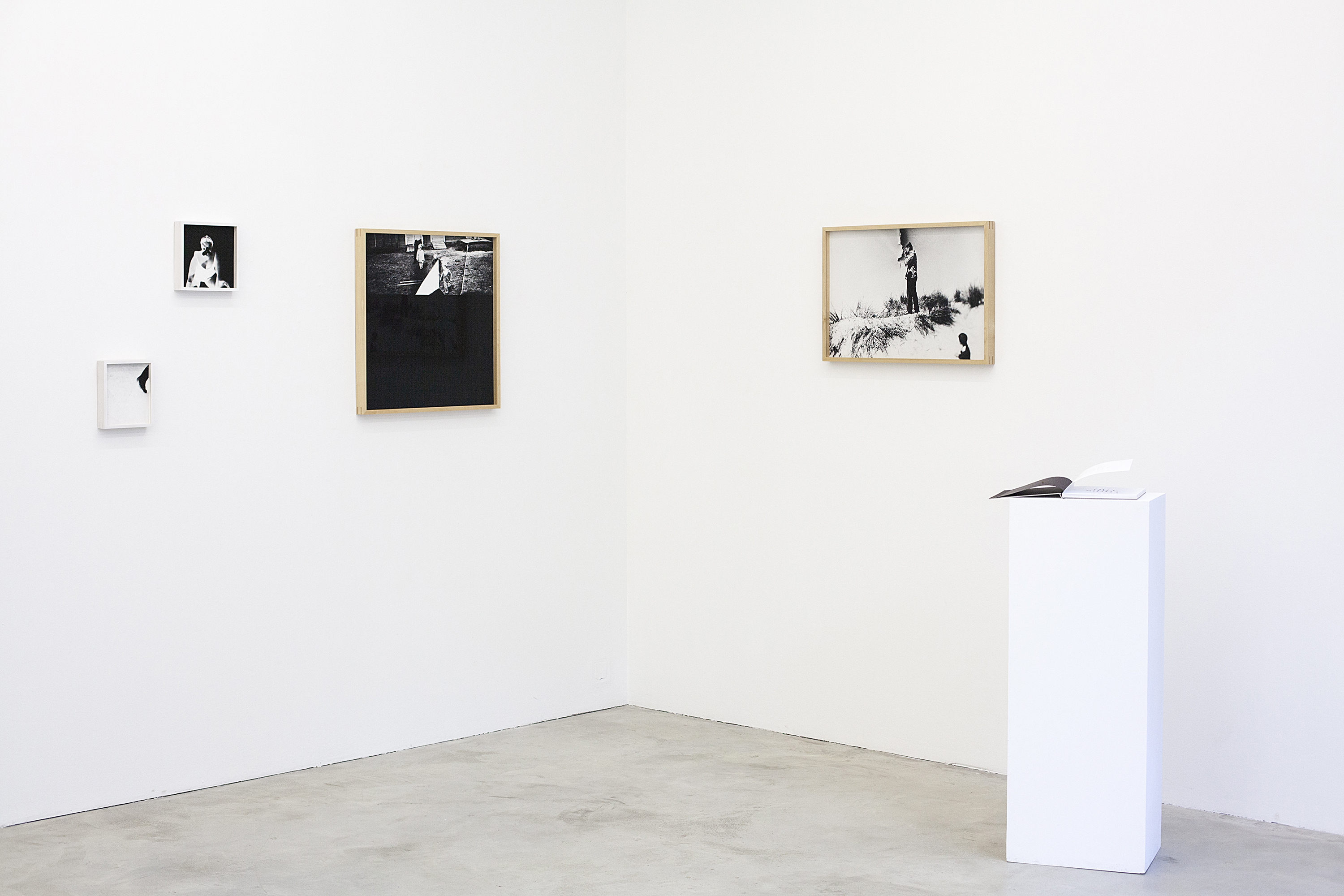Opening: September 6 2019, from 6 to 9 pm
Exhibition: September 7 – October 12, 2019
In his first solo exhibition, 'Eye and Idea' Persons Project | Helskini School in Berlin, Kumpulainen continues his studies of the unseen by using his camera to capture new dimensions and visual actualities of mundane objects he treasures in his collection, from another point of view. He then sets out to find the intrinsic voices that lay within these objects by combining them with fragments and words he has collected from magazines and books over time. Kumpulainen states, "My body of work visualizes the unexpected and inconsistent ways of thinking artistically. Throughout the process of creation these open up to be discovered and sought after in an extraordinary manner."
For the inaugural exhibition of Persons Projects / Helsinki School at its new premises Lindenstr. 34, we are proud to present Eye and idea a solo show by Ville Kumpulainen.
Ville Kumpulainen began his artistic research from sifting through his family’s personal archives with the hope of understanding those emotional gaps he experienced as a child that were filled with a sense of lost time. These memories of twisted relations, these sentimental holes, that slowly distorted his sense of identity, were the basic fabrics Kumpulainen utilized to sew these particles of total emptiness back into a whole. This process formed the groundwork for his book ‘Out of Sight’ which was published by Hatje Cantz in 2018.
In his first solo exhibition Eye and Idea at Persons Projects / Helsinki School in Berlin, Kumpulainen continues his studies of the unseen by using his camera to capture new dimensions and visual actualities of mundane objects he treasures in his collection, from another point of view. He then sets out to find the intrinsic voices that lay within these objects by combining them with fragments and words he has collected from magazines and books over time. Seemingly useless objects gather a different meaning when they’re bridged to a word with another connotation. Kumpulainen states, "My body of work visualizes the unexpected and inconsistent ways of thinking artistically. Throughout the process of creation these open up to be discovered and sought after in an extraordinary manner.”
Kumpulainen’s poetic sense of materiality finds a new meaning when his objects trouvés meet their described action to form their own measured sense of balance. This series of works by Kumpulainen are reminiscent of John Baldessari’s Goya Series from the 90’s. Both question the relationship between text and image by juxtaposing the visual object with a word in order to come upon a mutual balance through their poetical association.
In his second part of the series, Eye and Idea 2, Kumpulainen goes even further in his search to answer how we perceive a sculpture through a two-dimensional medium. He begins by creating his own sculptures based on found photographs and archival negatives. He then dismantles and recomposes theses photo-based compositions through a process of cutting, tearing and folding them into a new arrangement, to correlate with his inserted texts.
He builds his visual argument by advancing Rosalind Krauss’ reasoning with regard to the three-dimensional art form presented in her essay ‘Sculpture in the Expanded Field’ (1979). Krauss therein questioned the overall definition of a sculpture at that time and how it had transformed after the turn of the twentieth century. She implied, categorically, anything could be considered as such, thus encompasses a broader range of mediums including photography. Kumpulainen takes up this approach in the same manner Picasso challenged the perception of sculpture with his early collages. Herein both interrogate the same issue: "How do we experience a sculpture in the context of time and space”. One can approach an object by looking at it or walking around it, but how would this experience appear to the beholder drawn on a page or painted on a canvas?
Ville Kumpulainen challenges his viewers with his assorted combinations of images that redefine their form through words associated with an alternative implication. As he poetically combines these textual dissections with abstract alterations Kumpulainen redirects our imagination.




